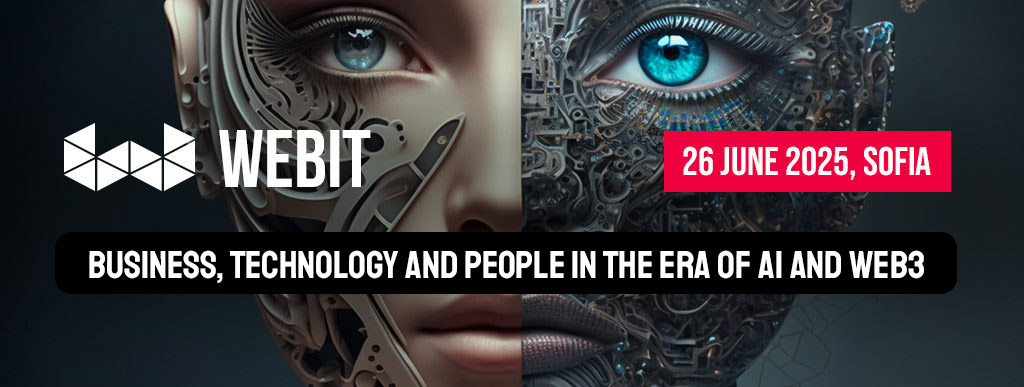Introduction
As sustainable investing gains momentum, Green FinTech is emerging as a crucial enabler of Environmental, Social, and Governance (ESG) initiatives. One of the most transformative trends within this space is the integration of Web3 and blockchain technology for transparent ESG reporting and decentralized impact tracking. These technologies promise to enhance credibility, prevent greenwashing, and foster greater trust among stakeholders.
The Challenge of ESG Reporting
ESG reporting has been plagued by inconsistencies, lack of standardization, and opaque data sources. Many companies self-report their ESG metrics, often leading to concerns about data reliability and potential misrepresentation. Investors and regulators alike demand greater transparency and accountability in sustainability disclosures, making technological innovation imperative.
Blockchain’s Role in ESG Reporting
Blockchain technology addresses these challenges by providing a secure, immutable, and transparent ledger for ESG data. Key benefits include:
- Tamper-Proof Data: Once recorded, ESG data on a blockchain cannot be altered, ensuring data integrity.
- Real-Time Auditing: Smart contracts can automate compliance checks and real-time verification of ESG claims.
- Decentralized Verification: Multiple stakeholders, including auditors and regulatory bodies, can validate ESG metrics without relying on a single source.
- Enhanced Traceability: Companies can track their supply chain sustainability efforts with clear provenance of materials and labor practices.
Web3 for Decentralized Impact Tracking
Web3, characterized by decentralization and user empowerment, revolutionizes ESG impact tracking by enabling:
- Tokenized Incentives: Sustainability efforts can be rewarded through token-based incentive models, encouraging corporate and individual contributions.
- Decentralized Autonomous Organizations (DAOs): ESG-focused DAOs allow collective decision-making and funding allocation for sustainability projects.
- Peer-to-Peer Sustainability Verification: Distributed networks can crowdsource and verify sustainability efforts, reducing reliance on centralized entities.
Use Cases and Adoption
Several Green FinTech startups and established financial institutions are already leveraging Web3 and blockchain for ESG purposes:
- Carbon Credit Markets: Platforms like Toucan and KlimaDAO use blockchain to tokenize carbon credits, increasing accessibility and transparency.
- Supply Chain Transparency: Companies such as Provenance and Circulor use blockchain to track sustainable sourcing in industries like fashion and electronics.
- Decentralized Impact Investing: Web3 platforms enable community-driven impact investments, ensuring funds directly support sustainable projects.
Future Outlook
As regulatory frameworks evolve and investor demand for accountability rises, blockchain and Web3 technologies will play a pivotal role in ESG reporting and impact tracking. Governments, financial institutions, and sustainability leaders must collaborate to establish industry standards and foster mass adoption.
Conclusion
Web3 and blockchain offer groundbreaking solutions to long-standing ESG challenges by promoting transparency, accountability, and stakeholder inclusivity. As Green FinTech continues to evolve, these innovations will shape the future of sustainable finance, ensuring ethical and impactful investments for a better world.
Join the discussion and learn from global leaders in the industry on the 26th of June in Sofia. Webit: Business, Technology and People in the era of AI and Web3 is an exciting opportunity for industry leaders and experts to come together to discuss the latest trends and developments in the field of Green FinTech & ESG Investing.
Check our ticket options here:
Business, Technology and People in the era of AI and Web3

